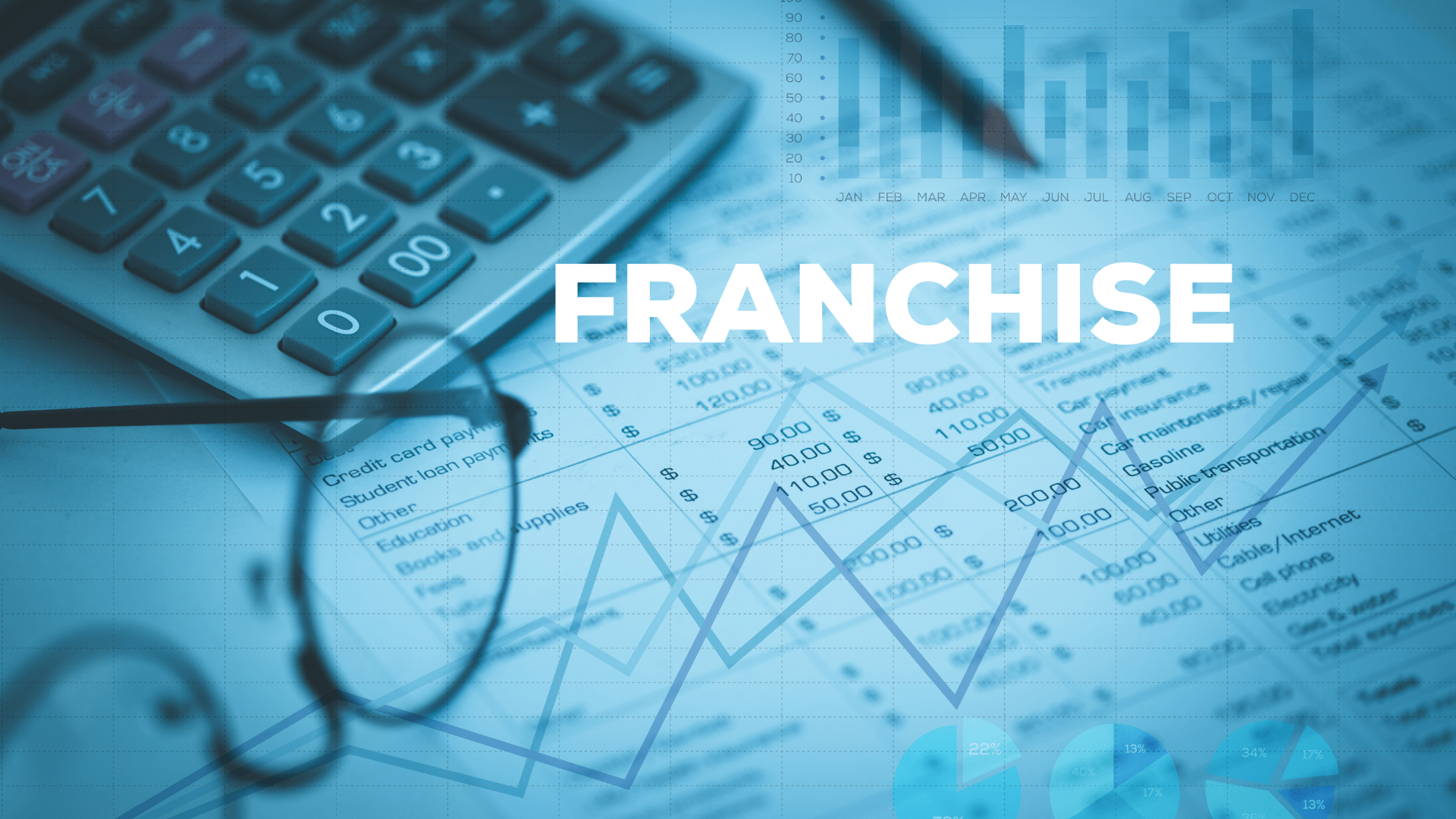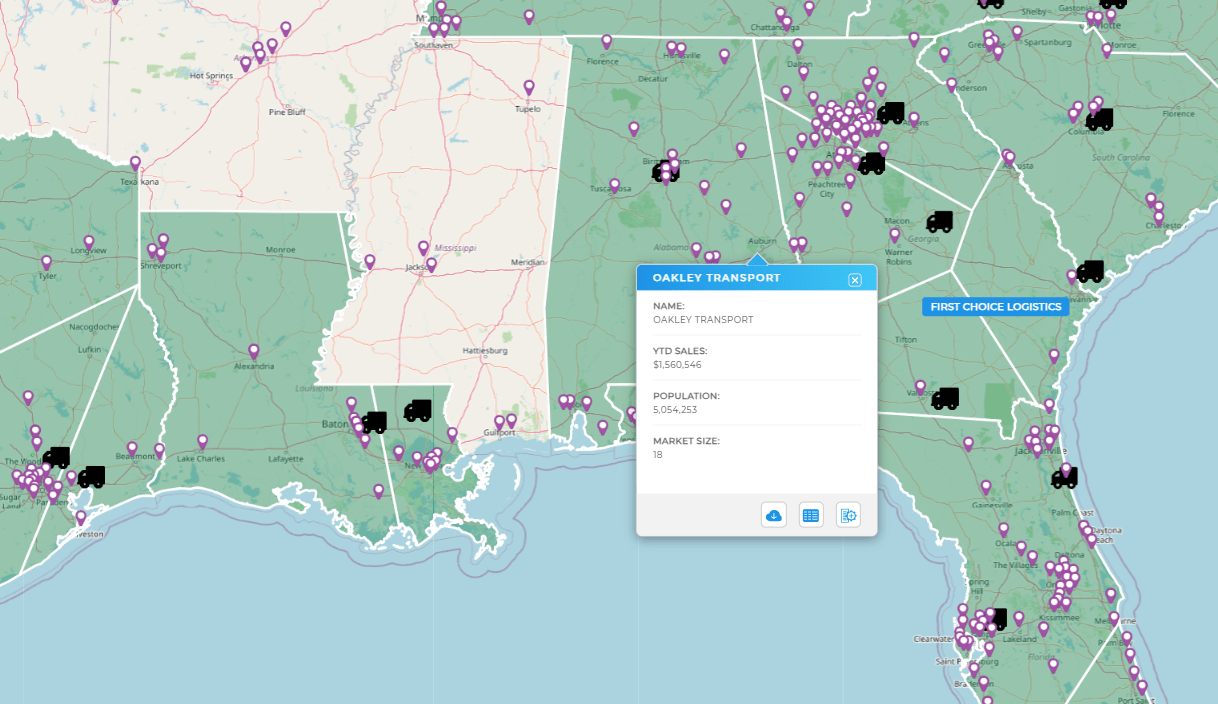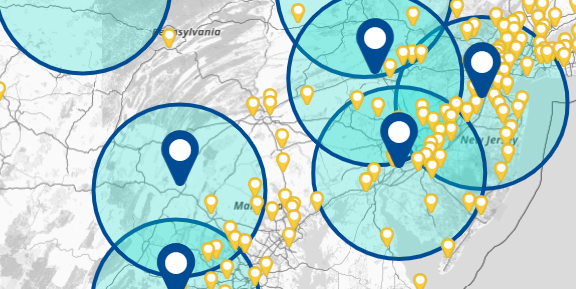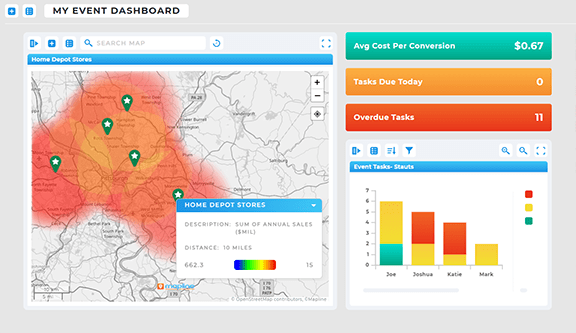In the past, franchise growth strategies relied heavily on intuition, experience, and gut feel. While these qualities still matter, today’s competitive environment demands more. Franchise owners and operators are under pressure to expand efficiently, balance territories, and deliver consistent customer experiences across all locations. That’s where data-driven decision-making enters the picture.
By leveraging business analytics and visualization tools, franchise leaders can uncover patterns that were once invisible. From choosing the right location to forecasting demand, data-driven business decisions are transforming how franchises grow and compete. The shift is not just a trend—it’s quickly becoming a requirement for sustainable franchise development strategy.
Why Data-Driven Decision Making Matters in Franchise Management
Franchises operate in highly dynamic environments. A small shift in consumer demand, supply chain costs, or competitor presence can ripple across dozens—or even hundreds—of locations. Relying on instinct alone is risky. Data-driven decision making provides the clarity needed to adapt strategies with confidence. By aligning decisions with measurable insights, leaders can minimize risk and improve outcomes across their franchise network.
Using data to make business decisions also creates transparency. Franchisees gain access to the same insights as franchisors, which builds trust and alignment. Whether it’s tracking store performance, optimizing territories, or identifying growth markets, analytics give every stakeholder the same evidence-based foundation for action. This collaborative, data-centric decision making is critical to franchise health and scalability.


Pro Tip: Don’t stop at performance data—layer in demographics, traffic patterns, and competitor locations. With Mapline’s territory mapping software, franchises can merge internal and external datasets to make better data-driven decisions about growth, coverage, and resource allocation.
From Gut Feel to Data-Driven Business Decisions
Franchise management has traditionally depended on experience and instinct. While intuition is valuable, it’s increasingly insufficient in markets shaped by rapid shifts in consumer behavior and technology. Data-driven business decisions bridge this gap by transforming raw numbers into clear guidance. Instead of speculating about where to open the next location or how to balance territories, franchisors can base choices on facts.
For example, geoanalytics tools highlight customer density, demographics, and competitor proximity. This allows decision-makers to compare potential sites with precision. Similarly, sales dashboards provide real-time visibility into regional performance, making it easier to reallocate resources where they’re needed most. These capabilities reduce uncertainty and make franchise growth strategies both smarter and faster.
Applications of Data in Franchise Growth Strategy
The power of data-driven decision making lies in its versatility, especially for franchise organizations. Franchisors and franchisees can leverage data to refine territory planning, optimize marketing spend, and ensure consistent brand performance across regions. By mapping customer demographics, traffic patterns, and sales activity, businesses gain clarity on where to expand and how to allocate resources most effectively. Data also helps monitor franchisee performance, uncover emerging market opportunities, and identify operational inefficiencies before they escalate. Whether it’s selecting the next high-potential location or balancing workloads among franchise partners, data transforms guesswork into strategy. The result is a stronger foundation for growth, increased profitability, and a more resilient franchise network.
Territory Mapping and Optimization
Franchise growth often depends on assigning fair, balanced territories that maximize coverage without creating overlap. Territory mapping software uses demographic and geographic data to align boundaries with actual market demand. This ensures workload distribution is equitable and territories remain profitable for each franchisee.

Site Selection and Market Expansion
Deciding where to open a new franchise location is one of the most high-stakes choices in management. By analyzing consumer demographics, traffic data, and competitive presence, leaders can identify markets with the highest potential for success. Data-driven site selection dramatically reduces the guesswork in expansion strategy.

Performance Benchmarking
Tracking performance by region or location is essential for long-term growth. With real-time data analysis tools, franchises can compare performance across territories, uncovering best practices from high performers and identifying struggling units. This benchmarking process strengthens consistency and accelerates improvement.

Customer Insights and Marketing
Data-driven decision making also empowers franchises to understand their customers better. Analytics reveal buying patterns, customer density, and engagement trends, enabling targeted campaigns that resonate with local audiences. Marketing dollars go further when guided by evidence instead of assumptions.

Data-driven decision making refers to the practice of using analytics, visualizations, and evidence-based insights to guide strategic and operational decisions, rather than relying solely on intuition or assumptions.
It helps franchisors select better locations, optimize territories, and improve consistency across franchise units. This leads to more sustainable growth and better alignment between franchisors and franchisees.
Examples include selecting new markets based on demographics, adjusting service coverage areas with mapping software, or tracking regional performance to reallocate resources.
Yes. Even smaller franchises can gain a competitive edge by using data analytics to identify growth opportunities, prevent inefficiencies, and manage expansion more strategically.
Business intelligence dashboards, territory mapping platforms, and geoanalytics tools help franchises visualize performance, optimize operations, and make confident decisions.









